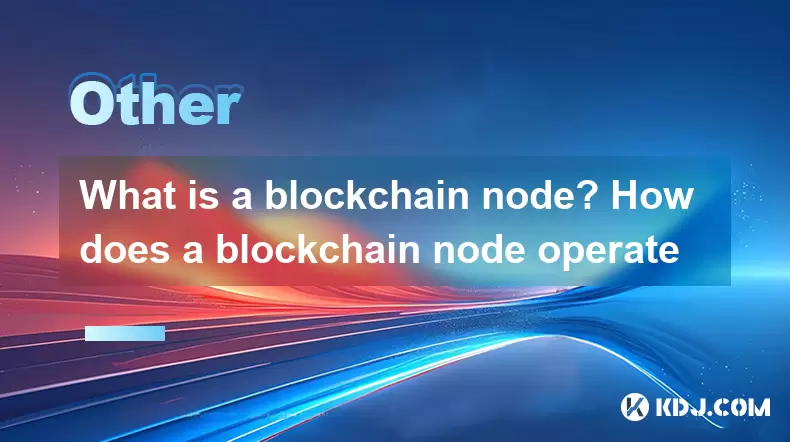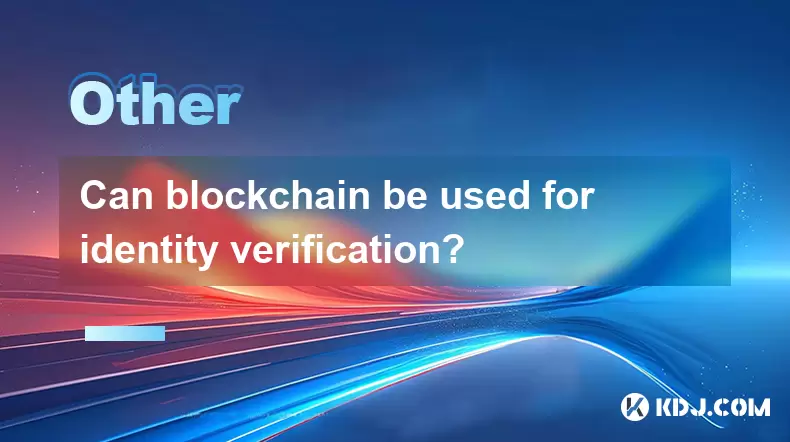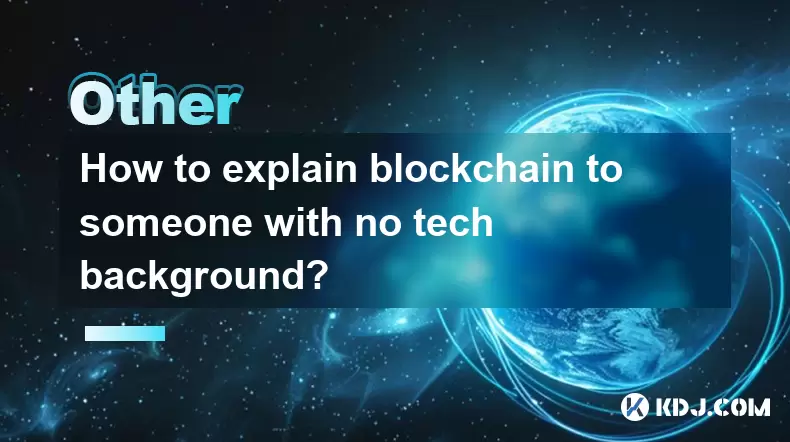-
 Bitcoin
Bitcoin $117300
-1.11% -
 Ethereum
Ethereum $3722
0.05% -
 XRP
XRP $3.144
-2.04% -
 Tether USDt
Tether USDt $1.000
-0.06% -
 BNB
BNB $780.0
0.13% -
 Solana
Solana $184.9
-1.51% -
 USDC
USDC $0.9998
-0.03% -
 Dogecoin
Dogecoin $0.2349
-0.94% -
 TRON
TRON $0.3145
0.01% -
 Cardano
Cardano $0.8143
-0.40% -
 Hyperliquid
Hyperliquid $43.34
1.43% -
 Sui
Sui $3.966
4.43% -
 Stellar
Stellar $0.4301
-0.30% -
 Chainlink
Chainlink $18.24
-0.02% -
 Hedera
Hedera $0.2604
7.17% -
 Bitcoin Cash
Bitcoin Cash $549.4
6.63% -
 Avalanche
Avalanche $23.98
-0.25% -
 Litecoin
Litecoin $113.3
-0.18% -
 UNUS SED LEO
UNUS SED LEO $8.972
-0.07% -
 Shiba Inu
Shiba Inu $0.00001397
1.28% -
 Toncoin
Toncoin $3.169
0.33% -
 Ethena USDe
Ethena USDe $1.001
-0.05% -
 Polkadot
Polkadot $4.084
0.64% -
 Uniswap
Uniswap $10.37
0.32% -
 Monero
Monero $320.5
-1.82% -
 Dai
Dai $0.9999
-0.02% -
 Bitget Token
Bitget Token $4.531
-2.43% -
 Pepe
Pepe $0.00001251
-1.42% -
 Aave
Aave $293.5
0.19% -
 Cronos
Cronos $0.1301
2.67%
Was ist ein Blockchain -Knoten? Wie funktioniert ein Blockchain -Knoten?
Ein Blockchain -Knoten ist ein kritisches Gerät, das das Hauptbuch beibehält, Transaktionen validiert und die Dezentralisierung im gesamten Netzwerk unterstützt.
Jun 15, 2025 at 11:07 pm

Was ist ein Blockchain -Knoten?
Ein Blockchain -Knoten ist eine grundlegende Komponente eines dezentralen Netzwerks . Einfacher Hinsicht ist ein Knoten ein Computer oder ein Gerät, das am Betrieb einer Blockchain teilnimmt, indem eine Kopie des verteilten Hauptbuchs verwaltet und Transaktionen validiert werden. Jeder Knoten trägt zur allgemeinen Sicherheit, Transparenz und Dezentralisierung des Blockchain -Systems bei.
Knoten sind unerlässlich, da sie Daten speichern, Transaktionen überprüfen und Informationen über das Netzwerk weitergeben . Ohne Knoten gäbe es keine Blockchain - es sind die Knoten, die einen Konsens erzielen und betrügerische Aktivitäten verhindern.
Arten von Blockchain -Knoten
Es gibt verschiedene Arten von Knoten innerhalb eines Blockchain -Ökosystems, die jeweils eine eindeutige Funktion haben:
Vollständige Knoten : Diese Knoten laden die gesamte Blockchain herunter , validieren alle Transaktionen und erzwingen Konsensregeln. Vollständige Knoten sind entscheidend für die Aufrechterhaltung der Netzwerkintegrität.
Leichte (leichte) Knoten : Diese Knoten speichern nicht die vollständige Blockchain und verlassen sich für die Transaktionsüberprüfung auf vollständige Knoten. Sie werden aufgrund der begrenzten Lagerkapazität üblicherweise in mobilen Geldbörsen eingesetzt.
Bergbauknoten : Diese Knoten nehmen am Bergbauprozess teil , bei dem komplexe kryptografische Rätsel gelöst werden, um der Kette neue Blöcke hinzuzufügen. Miningknoten sind typischerweise mit Blockchains (Proof-of Work) wie Bitcoin verbunden.
Stakelknoten : Diese auch als Validator-Knoten bezeichnete Knoten bezeichnet und betrieben in POS-Systemen (Proof-of-Stake), bei denen Benutzer eine bestimmte Menge an Kryptowährung für die Teilnahme an der Blockvalidierung einsperrten.
Masternodes : Diese Knoten bieten zusätzliche Dienste über die Transaktionsvalidierung hinaus , z. B. die Aktivierung privater Transaktionen oder die Teilnahme an Entscheidungen zur Governance -Entscheidungen. Masterernoden erfordern normalerweise eine erhebliche Sicherheiteninvestition.
Jeder Typ spielt eine spezifische Rolle bei der Unterstützung der dezentralen Natur der Blockchain -Technologie.
Wie funktioniert ein Blockchain -Knoten?
Wenn sich ein Knoten in ein Blockchain -Netzwerk anschließt, beginnt er mit dem Herunterladen der gesamten Geschichte der Blockchain von anderen Knoten . Diese Synchronisation stellt sicher, dass der neue Knoten über eine genaue und aktuelle Version des Hauptbuchs verfügt.
Sobald der Knoten synchronisiert ist, führt er mehrere Schlüsselfunktionen aus:
Transaktionsvalidierung : Wenn ein Benutzer eine Transaktion initiiert, wird er an das Netzwerk übertragen. Der Knoten prüft, ob die Transaktion alle Konsensregeln entspricht , einschließlich digitaler Signaturen und verfügbarer Mittel.
Blockausbreitung : Validierte Transaktionen werden in Blöcke gruppiert. Knoten geben diese Blöcke an andere Knoten weiter , um sicherzustellen, dass alle Teilnehmer das gleiche aktualisierte Hauptbuch erhalten.
Konsensbeteiligung : Abhängig vom Konsensmechanismus der Blockchain können Knoten abstimmen, meine oder an den nächsten gültigen Block zustimmen.
Datenspeicher : Knoten speichern die Blockchain -Daten lokal , sodass sie für zukünftige Referenz und Audits zugänglich sind.
Diese Operationen erfolgen kontinuierlich, sodass die Blockchain funktional, sicher und transparent bleiben kann.
Einrichten eines Blockchain-Knotens: Schritt-für-Schritt-Anleitung
Befolgen Sie diese detaillierten Schritte, um Ihren eigenen Knoten auszuführen:
Wählen Sie den Knotentyp aus, den Sie ausführen möchten : Entscheiden Sie, ob Sie einen vollständigen Knoten, einen leichten Knoten, einen Knoten oder einen Masternode basierend auf Ihren Ressourcen und Zielen einrichten.
Wählen Sie die entsprechende Hardware und Software aus : Stellen Sie sicher, dass Ihr Computer die Mindestanforderungen erfüllt , z. B. Speicherplatz, RAM und Bandbreite. Laden Sie die offizielle Client -Software für die Blockchain herunter, die Sie unterstützen möchten.
Laden Sie die Software herunter und installieren Sie die Installationsanweisungen des Blockchain -Projekts. Das Ausführen eines Bitcoin -Knotens erfordert beispielsweise das Herunterladen der Bitcoin -Kore -Brieftasche.
Öffnen Sie die erforderlichen Ports in Ihrem Router : Konfigurieren Sie die Portweiterleitung auf Ihrem Router , um eingehende Verbindungen zu ermöglichen. Gemeinsame Ports umfassen 8333 für Bitcoin.
Starten Sie den Synchronisierungsprozess : Starten Sie die Knotensoftware und lassen Sie die gesamte Blockchain herunterladen . Dies kann Stunden oder sogar Tage dauern, abhängig von Ihrer Internetgeschwindigkeit und Hardware.
Überprüfen Sie die Knotenfunktionalität : Verwenden Sie integrierte Tools oder externe Entdecker, um zu bestätigen, dass Ihr Knoten erfolgreich validiert und weiterleitet .
Das Ausführen eines Knotens erhöht die Netzwerksicherheit und gibt Ihnen eine bessere Kontrolle über Ihre Transaktionen.
Bedeutung des Ausführens eines Knotens
Der Betrieb eines Knotens bietet sowohl Einzelpersonen als auch dem breiteren Blockchain -Ökosystem mehrere Vorteile:
Erhöhte Sicherheit : Durch die Ausführung eines Knotens beseitigen Sie die Abhängigkeit von Diensten von Drittanbietern und verringern das Risiko von Betrug oder Manipulation.
Datenschutzschutz : Mit vollständigen Knoten können Benutzer Transaktionen unabhängig überprüfen und die Notwendigkeit verhindern, personenbezogene Daten an externe Entitäten weiterzugeben .
Netzwerkdezentralisierung : Mehr Knoten bedeuten ein verteilteres Netzwerk, was es für böswillige Schauspieler schwieriger macht, das System zu kompromittieren .
Beitrag zum Konsens : Knoten tragen dazu bei, die Integrität der Blockchain zu erhalten, indem sie Regeln durchsetzen und sicherstellen, dass nur gültige Transaktionen akzeptiert werden .
Personen, die Knoten betreiben, tragen direkt zur Widerstandsfähigkeit und Zuverlässigkeit der Blockchain -Infrastruktur bei.
Häufig gestellte Fragen
Kann ich mehrere Knoten auf demselben Gerät ausführen?
Ja, es ist technisch gesehen möglich, mehrere Knoten auf einem einzigen Computer mit virtuellen Maschinen oder Containerisierungswerkzeugen wie Docker auszuführen. Dies erfordert jedoch ausreichende CPU-, Speicher- und Speicherressourcen, um gleichzeitige Vorgänge ohne Leistungsverschlechterung zu verarbeiten.
Erfordern alle Blockchains Knoten?
Alle öffentlichen Blockchains hängen von Knoten ab, um zu funktionieren. In privaten oder berechtigten Blockchains können möglicherweise weniger Knoten von bestimmten Organisationen gesteuert werden. Unabhängig vom Netzwerktyp bleiben Knoten für die Transaktionsvalidierung und die Datenspeicherung unerlässlich .
Was passiert, wenn ein Knoten offline geht?
Wenn ein Knoten vorübergehend abnimmt, synchronisiert er sich automatisch neu an Verbindung. Eine längere Ausfallzeit kann jedoch zu fehlenden Transaktionen oder zu einem verringerten Beitrag zu Konsensmechanismen führen, insbesondere zu Szenarien für das Absetzen oder Masternode.
Gibt es Risiken beim Ausführen eines Knotens?
Während das Ausführen eines Knotens im Allgemeinen sicher ist, umfassen potenzielle Risiken einen erhöhten Stromverbrauch, die Exposition gegenüber Cyberangriffen, wenn nicht angemessene Sicherheitsmaßnahmen ergriffen werden, und potenzielle rechtliche Probleme, abhängig von den örtlichen Vorschriften in Bezug auf Kryptowährungen.
Haftungsausschluss:info@kdj.com
Die bereitgestellten Informationen stellen keine Handelsberatung dar. kdj.com übernimmt keine Verantwortung für Investitionen, die auf der Grundlage der in diesem Artikel bereitgestellten Informationen getätigt werden. Kryptowährungen sind sehr volatil und es wird dringend empfohlen, nach gründlicher Recherche mit Vorsicht zu investieren!
Wenn Sie glauben, dass der auf dieser Website verwendete Inhalt Ihr Urheberrecht verletzt, kontaktieren Sie uns bitte umgehend (info@kdj.com) und wir werden ihn umgehend löschen.
-
 RYU Jetzt handeln
RYU Jetzt handeln$0.0...07840
116.67%
-
 ENA Jetzt handeln
ENA Jetzt handeln$0.6036
28.13%
-
 USELESS Jetzt handeln
USELESS Jetzt handeln$0.3675
23.16%
-
 HYPER Jetzt handeln
HYPER Jetzt handeln$0.5450
22.26%
-
 SYRUP Jetzt handeln
SYRUP Jetzt handeln$0.5801
20.32%
-
 WILD Jetzt handeln
WILD Jetzt handeln$0.3396
19.26%
- Solana, Altcoins und Coinbase: Was ist der Summen?
- 2025-07-26 06:30:12
- XRP im Jahr 2025: Bullenlauf oder Büste?
- 2025-07-26 07:30:12
- HBAR, Robinhood und Altcoins: Eine New Yorker Minute über Cryptos neuesten Moves
- 2025-07-26 07:10:11
- Bitcoin, Altcoins und Meme -Münzen: Navigieren im wilden Westen von Crypto
- 2025-07-26 07:50:11
- USDC auf SEI: Null-Bridge Future treibt Defi-Vertrauen an
- 2025-07-26 07:15:11
- Ethereum, Pepeto -Vorverkauf und Marktappetit: Was ist der Begeisterung?
- 2025-07-26 06:50:12
Verwandtes Wissen

Was ist ein Token auf der Blockchain?
Jul 21,2025 at 07:00am
Das Konzept eines Tokens verstehen Im Bereich der Blockchain -Technologie ist ein Token eine digitale Darstellung eines Vermögenswerts oder Dienstprog...

Kann Blockchain zur Identitätsprüfung verwendet werden?
Jul 18,2025 at 02:14pm
Verständnis der Identitätsprüfung im digitalen Zeitalter In der modernen digitalen Landschaft ist die Identitätsprüfung zu einer kritischen Komponente...

Was ist ein Konsensmechanismus in Blockchain?
Jul 21,2025 at 03:01am
Verständnis der Grundlagen von Konsensmechanismen Ein Konsensmechanismus ist eine kritische Komponente eines beliebigen Blockchain -Netzwerks. Es bezi...

Wie kann man jemandem ohne technischen Hintergrund Blockchain erklären?
Jul 18,2025 at 11:08pm
Verständnis der Grundlagen der Blockchain Um Blockchain jemandem ohne technischen Hintergrund zu erklären, ist es wichtig, mit einfachen Analogien zu ...

Wer hat die Blockchain -Technologie erfunden?
Jul 23,2025 at 01:28am
Ursprünge der Blockchain -Technologie Die Blockchain -Technologie entstand nicht aus einem einzigen Erfinder oder einer Institution. Stattdessen entwi...

Wie wirkt sich Blockchain auf Datenschutz aus?
Jul 21,2025 at 02:21pm
Verständnis der Rolle der Blockchain bei der Datenschutzdatenschutz Die Blockchain -Technologie, die ursprünglich als die zugrunde liegende Infrastruk...

Was ist ein Token auf der Blockchain?
Jul 21,2025 at 07:00am
Das Konzept eines Tokens verstehen Im Bereich der Blockchain -Technologie ist ein Token eine digitale Darstellung eines Vermögenswerts oder Dienstprog...

Kann Blockchain zur Identitätsprüfung verwendet werden?
Jul 18,2025 at 02:14pm
Verständnis der Identitätsprüfung im digitalen Zeitalter In der modernen digitalen Landschaft ist die Identitätsprüfung zu einer kritischen Komponente...

Was ist ein Konsensmechanismus in Blockchain?
Jul 21,2025 at 03:01am
Verständnis der Grundlagen von Konsensmechanismen Ein Konsensmechanismus ist eine kritische Komponente eines beliebigen Blockchain -Netzwerks. Es bezi...

Wie kann man jemandem ohne technischen Hintergrund Blockchain erklären?
Jul 18,2025 at 11:08pm
Verständnis der Grundlagen der Blockchain Um Blockchain jemandem ohne technischen Hintergrund zu erklären, ist es wichtig, mit einfachen Analogien zu ...

Wer hat die Blockchain -Technologie erfunden?
Jul 23,2025 at 01:28am
Ursprünge der Blockchain -Technologie Die Blockchain -Technologie entstand nicht aus einem einzigen Erfinder oder einer Institution. Stattdessen entwi...

Wie wirkt sich Blockchain auf Datenschutz aus?
Jul 21,2025 at 02:21pm
Verständnis der Rolle der Blockchain bei der Datenschutzdatenschutz Die Blockchain -Technologie, die ursprünglich als die zugrunde liegende Infrastruk...
Alle Artikel ansehen

























































































